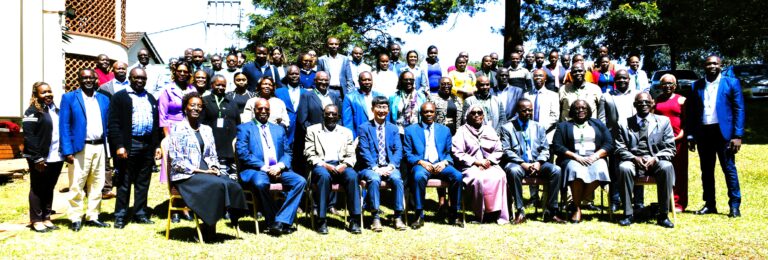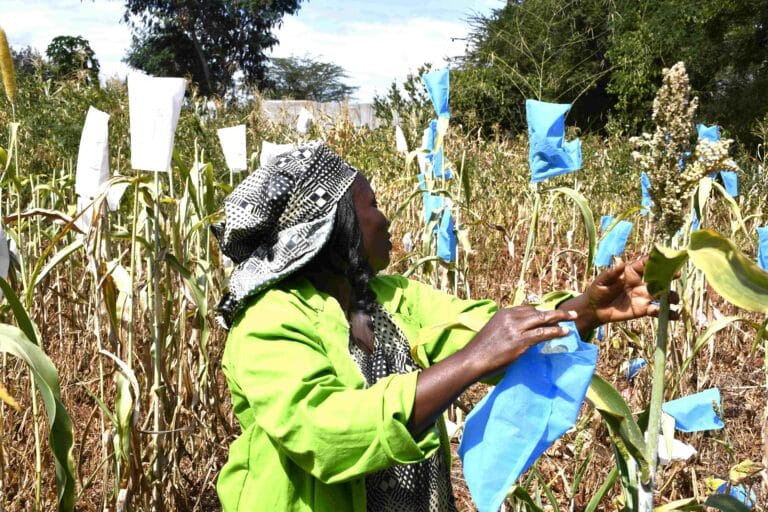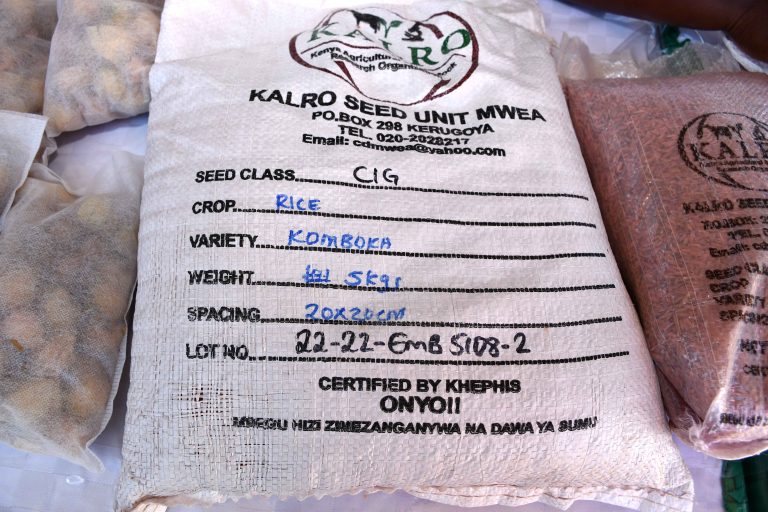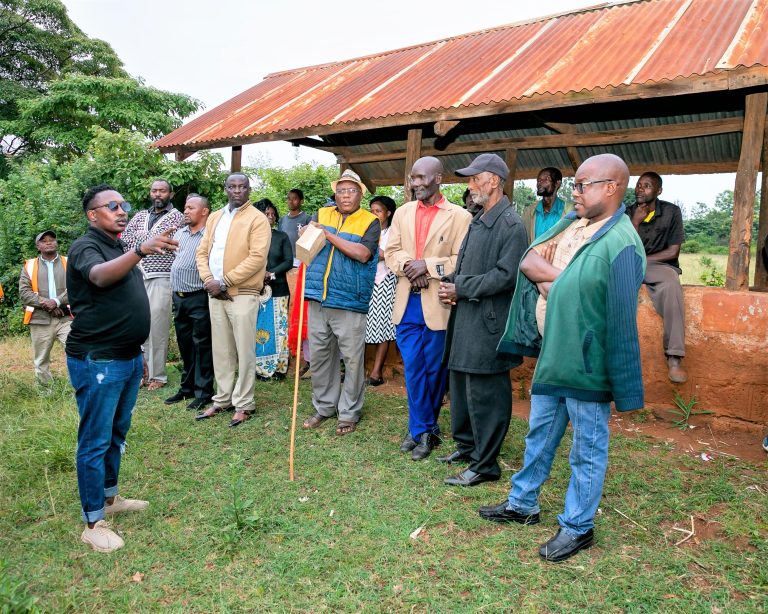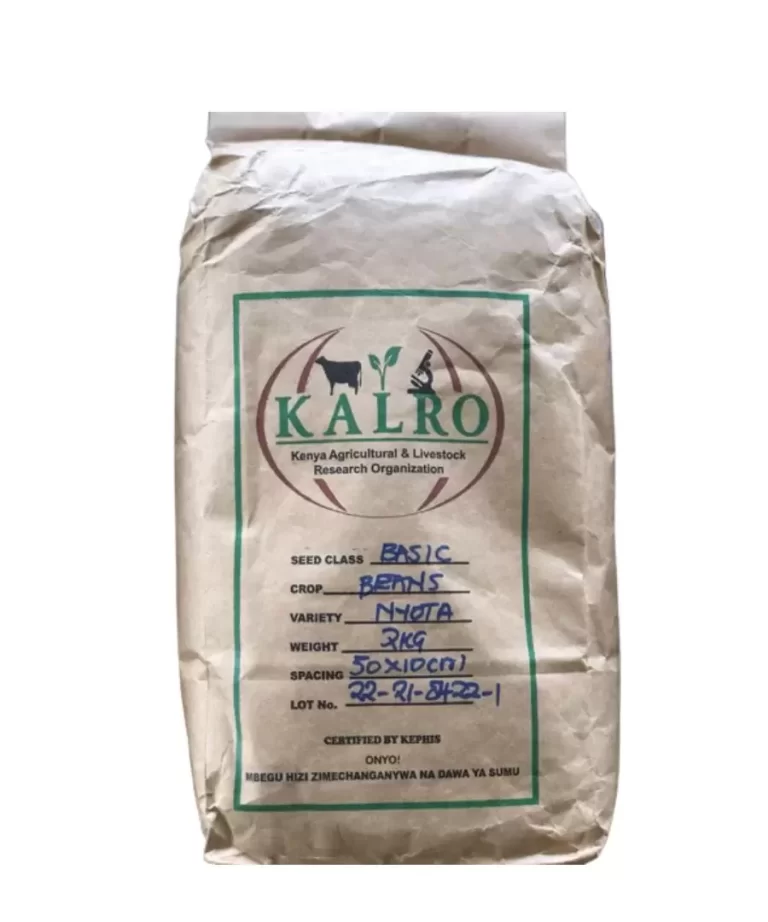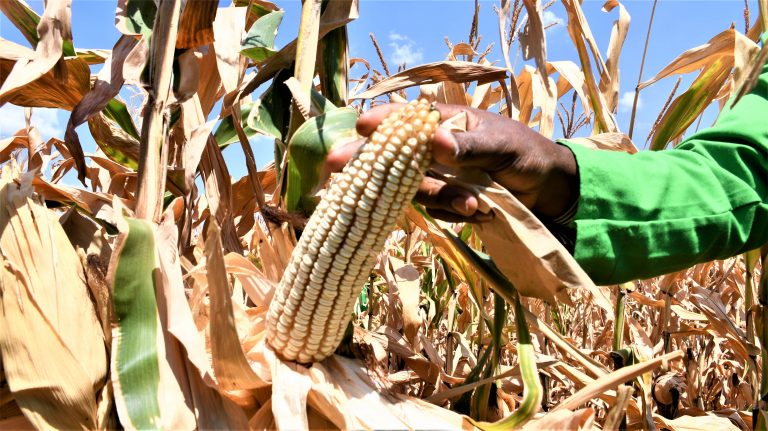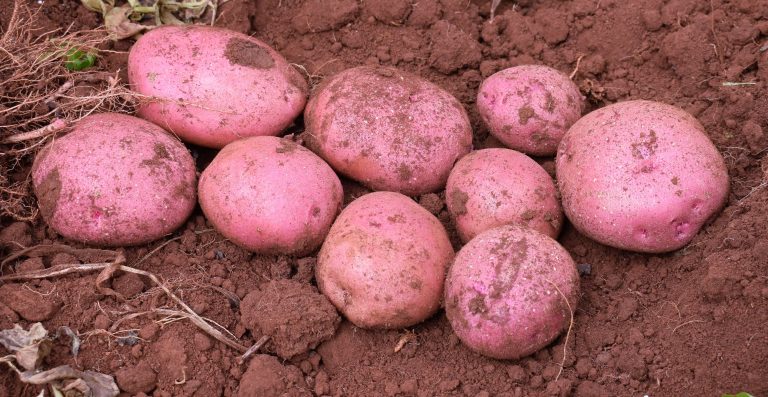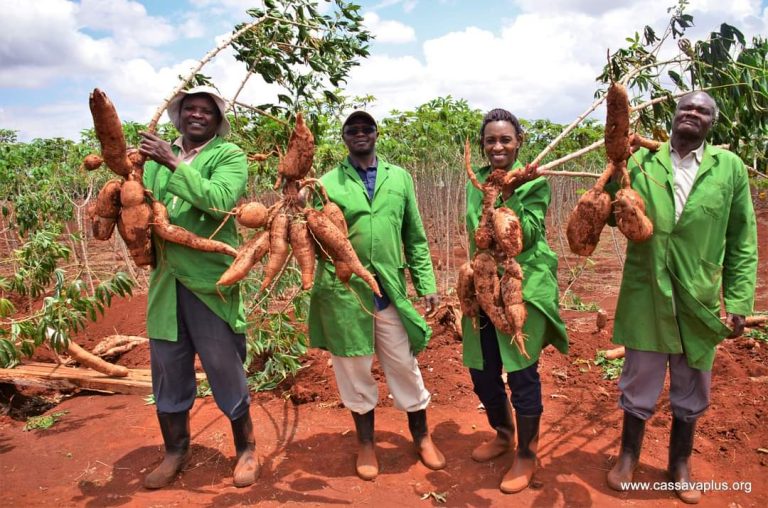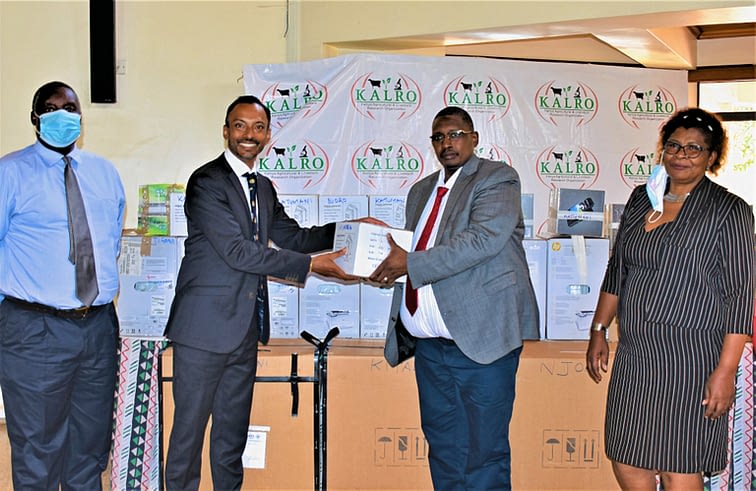By Kimuri Mwangi
Kenya Agricultural and Livestock Research Organization (KALRO) has taken the smart agriculture approach where developed technologies respond to climatic changes, in order to sustainably increase, productivity and income. Towards this, it is working towards the introduction of more adapted and productive grasses and improved livestock such as the Boran and Sahiwal cattle.
According to the KALRO Director General Dr. Eliud Kireger, the livestock and human population is rising in the rangelands and expansion of settled lands is worsening the situation. “Livestock to the pastoralists is everything, they are savings and treasures, currency and source of pride. It is their livelihood. To them, therefore, increasing livestock populations means improved livelihoods and therefore advocating for the reduction of livestock population is approached with caution,” says Dr. Kireger.
KALRO says these improved cattle are both high in productivity and well adapted to the range and grasslands and can be used to improve the small African Zebu. In the Northern Kenya rangelands, KALRO is promoting Somali camel to improve the smaller Rendile/Gabra breeds and Galla goats in place of the small African goat. These breeds fit within the nomadic pastoral system of production that is dominant in these regions, while at the same time encouraging pastoralists to keep fewer and fewer animals, but with higher milk or meat production potential.
The changing climate has also affected the feed and fodder situation in these regions, where during droughts, livestock is lost. Recently the President declared drought as a national disaster. In order to deal with the perennial feed shortages, KALRO has introduced, through its Arid and Rangelands Research Institute (ALRI), a re-seeding program, where grasses, mainly indigenous and adopted, are re-grown in the rangelands.
KALRO has secured registration of four range grass varieties by Kenya Plant Health Inspectorate Service (KEPHIS) namely Enteropogon macrostachyus var. KBK, Chloris roxburghiana var. KBK, Cenchrus ciliaris Var. MGD1 and Cenchrus ciliaris var. TVT3.
KALRO says this will facilitate the commercialization of these varieties and make the seeds readily available to farmers for the establishment of new pasture fields and restoration of degraded rangelands. Also, KALRO has laid the foundation for pasture breeding work in Kenya by collecting and conserving (in situ and in the gene bank) over 300 grass accessions from the larger northern and southern Kenya rangelands including those of Cenchrus cilliaris, Panicum maximum, Eragrostis superba, Brachiaria brizantha, Enteropogon macrostachyus, Chloris roxburghiana and Digitaria macroblephara. It is from this germplasm that more cultivars and varieties will be developed.
In the coastal lowlands and highlands, which are currently experiencing droughts and in other parts of the country, Brachiaria grass varieties released by KALRO have been introduced to support the livestock sector. These resilient grasses sequester carbon and therefore reduce greenhouse gases. At the same time, they are highly nutritious for livestock, particularly dairy cattle.
In efforts to address challenges of climate change and unpredictable weather, KALRO, working with Kenya Meteorological Department (KMD), have introduced ICT based advisories, which not only give weather predictions but have components on existing markets for livestock products. Among them is the Kenya AgriObservatory Platform (KAOP)
In terms of providing quality seed for the production of both quality and quantity feed, in form of grasses and forage (for example forage sorghum), KALRO says it works with farmers to deliver seed to enable farmers to establish their own pastures. Animal breeds, for example, Boran, Sahiwal bulls and Somali camel breeding bulls are now with the farmers.



